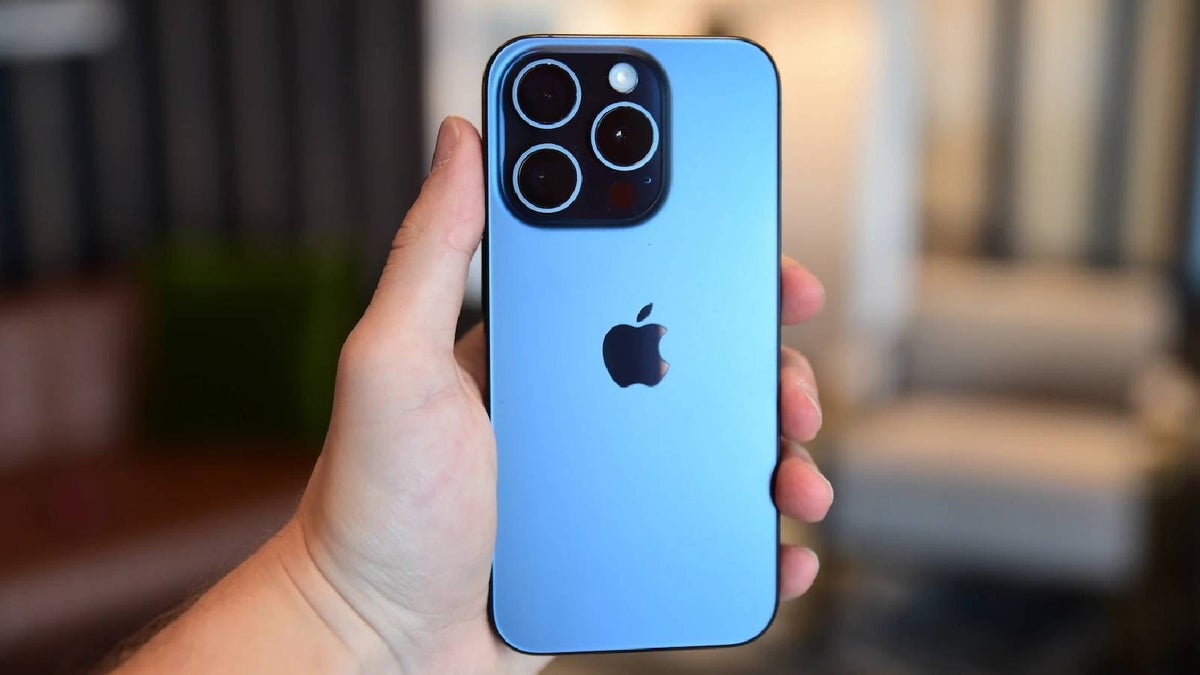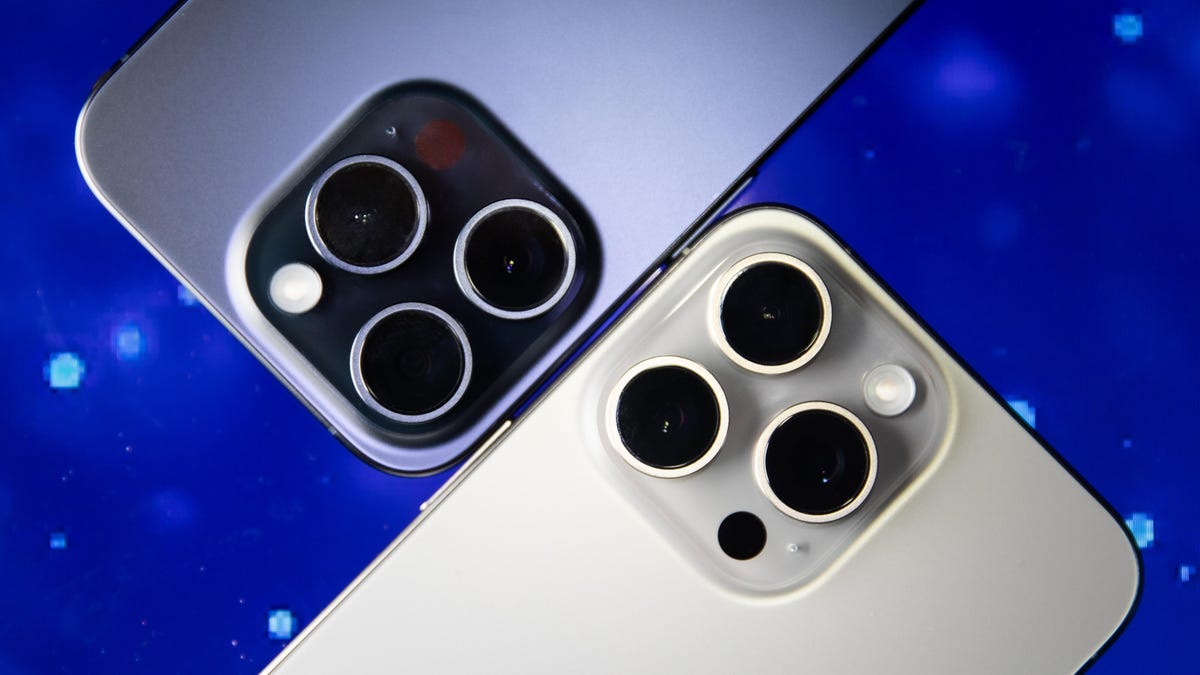
Lower standards for A17 Pro could be behind iPhone 15 Pro thermal throttling issues
The iPhone 15 Pro gets uncharacteristically warm and now we know why.
Array
(
[content] =>
[params] => Array
(
[0] => /forum/index.php?threads/apple-a17-chip-needs-cooling-off.18853/
)
[addOns] => Array
(
[DL6/MLTP] => 13
[Hampel/TimeZoneDebug] => 1000070
[SV/ChangePostDate] => 2010200
[SemiWiki/Newsletter] => 1000010
[SemiWiki/WPMenu] => 1000010
[SemiWiki/XPressExtend] => 1000010
[ThemeHouse/XLink] => 1000970
[ThemeHouse/XPress] => 1010570
[XF] => 2021370
[XFI] => 1050270
)
[wordpress] => /var/www/html
)

Seems to me TSMC never jumped. Intel had the big jump model and copy exact across multiple foundries with all designs queued up for the Tick they depended upon. TSMC seems to have proceeded one fab at a time, willing to pick which improvements were ready on the schedule they needed for capacity, and also building multiple different processes due to the multiple customers they have.The A16 is N4. We stopped jumping at 20nm.
Seems to me TSMC never jumped. Intel had the big jump model and copy exact across multiple foundries with all designs queued up for the Tick they depended upon. TSMC seems to have proceeded one fab at a time, willing to pick which improvements were ready on the schedule they needed for capacity, and also building multiple different processes due to the multiple customers they have.
It has been a strength of them enabling resiliency - except for 2009 no technical failure/delay would stop their train - and improving customer alignment.
Besides 14nm and 10nm I would disagree. Intel was just doing ~2x density every 2 years and a new transistor arch every 4 years. That wasn't all that different from what the rest of the world was doing. The only difference was that the new archs were debuting 3+ years ahead of the rest of the world adopting them, the density was like 1-2 years ahead, and finally there weren't any major delays to throw off Tick-Tock.Seems to me TSMC never jumped. Intel had the big jump model and copy exact across multiple foundries with all designs queued up for the Tick they depended upon. TSMC seems to have proceeded one fab at a time, willing to pick which improvements were ready on the schedule they needed for capacity, and also building multiple different processes due to the multiple customers they have.
My understanding was 28nm HKMG and 16FF were late. N3 is also undeniably 3-12 months late (even if TSMC wants to claim it is on time). My understanding was also that DDs on 10FF were suboptimal at launch (seems like it was on time at least given A9 was 2015 and A11 was 2017).It has been a strength of them enabling resiliency - except for 2009 no technical failure/delay would stop their train - and improving customer alignment.
When exactly did Apple pass Intel?

The latest on the iPhone 15 Pro overheating problem. It's just a software bug, ya know.

A Fix Is Here: Apple Resolves iPhone 15 Pro Overheating Issues in Latest iOS 17 Update
Apple confirmed that the iPhone 15 Pro overheating is due to an iOS 17 bug, not a design flaw.www.cnet.com
I've experienced this unexpected heating with my iPhone 14 Pro if I accidentally engage video through the camera, even if I don't record. It's more technically interesting than annoying. I don't remember behavior like that on any previous iPhone I've owned, and usually the 14 Pro runs completely cool. Of course, I'm old and old-fashioned, and I don't take selfie videos of myself regularly like the kids do at the gym. (What's up with that?)I'm sure they can find a software fix but there were design decisions/trade-offs made that got them where they are today and there is no fixing that until the next spin. I use my iPhone 14 for navigation and weather while I sail and it gets hot. It all depends on what you have running. Let's see how this plays out.
(I watch a lot of YouTube videos because I like to service cars myself, and we've owned multiple midengine Porsches, which have some of the most annoying service procedures I've ever experienced. The procedure for changing the engine air filters on a 718 Boxster, for example, is ridiculous. But I digress.)

It looks like Apple is simply trying to deflect the blame. The apps will use as much resources as they need and as the OS/processor will give them. The apps are not supposed to monitor phone temps and throttle themselves. There are reports from BMW owners that Apple Pay in their iPhone 15 Pros stopped working after charging on the car's wireless charger. It looks like the phones get overheated and fry NFC chip. It'll be difficcult to blame "unoptimized" apps for this one.(Reuters) - Apple on Saturday said it has identified a few issues which can cause new iPhones to run warmer than expected, including a bug in the iOS 17 software which will be fixed in an upcoming update.
After complaints that the new phones are getting very warm, Apple has said that the device may feel warmer in the first few days "after setting up or restoring the device because of increased background activity."
"Another issue involves some recent updates to third-party apps that are causing them to overload the system," Apple said, adding that it is working with app developers on fixes that are in the process of being rolled out.
The third-party apps causing the issue include game Asphalt 9; Meta's Instagram; and Uber, according to the company. Instagram already fixed the issue with its app on Sept. 27.
The upcoming iOS 17 bug fix will not reduce performance to address the iPhone's temperature.
The Cupertino, California-headquartered company said that the iPhone 15 Pro and Pro Max do not suffer from overheating due to the design, rather the new titanium shells result in improved heat dissipation compared to prior stainless steel models.
Apple also said the issue is not a safety or injury risk, and will not impact the phone's long-term performance.

Apple identifies issues causing overheating in the iPhone 15
Apple on Saturday said it has identified a few issues which can cause new iPhones to run warmer than expected, including a bug in the iOS 17 software which will be fixed in an upcoming update. After complaints that the new phones are getting very warm, Apple has said that the device may feel...www.yahoo.com
